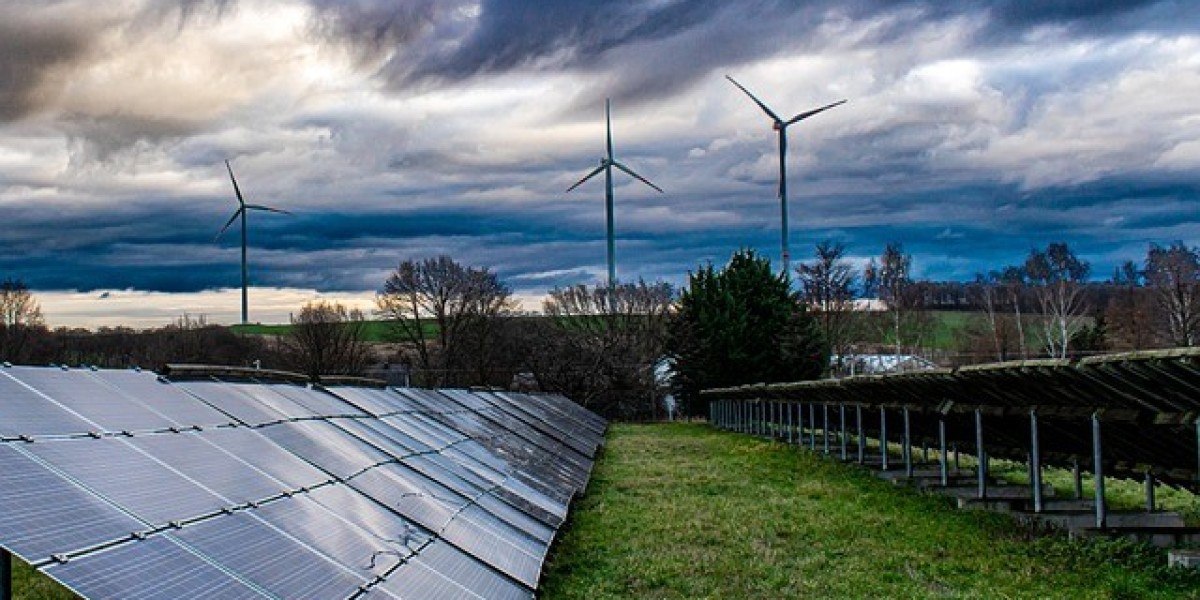In the quest for cleaner and more sustainable energy sources, solar power stands out as a shining beacon. Solar parks, also known as solar farms or solar fields, are large-scale installations of solar panels designed to generate electricity from sunlight. Planning and designing an efficient solar park installation is crucial for maximizing energy production, reducing costs, and minimizing environmental impact. In this blog post, we'll explore the key steps to create a successful solar park.
1. Site Selection:
Choosing the right location is the first and most critical step in solar park planning. Factors to consider include solar irradiance, climate conditions, land availability, accessibility, and proximity to the grid. Solar resource assessments, including sun hours and intensity, help determine the energy potential of the site.
2. Environmental Impact Assessment:
Conduct a thorough environmental impact assessment to identify potential ecological, geological, or cultural constraints. This assessment ensures that the project complies with environmental regulations and minimizes harm to local ecosystems.
3. Land Acquisition:
Acquiring the necessary land for your solar park is a complex process. You may need to purchase, lease, or partner with landowners. Ensure that land rights and agreements are legally sound and provide long-term stability for your project.
4. Design and Layout:
Efficient design is key to maximizing energy generation. Consider the optimal orientation and tilt angle for the solar panels. Use advanced simulation and modeling tools to arrange panels in the most productive way. Factors like shading and tracking systems should also be considered.
5. Permitting and Regulatory Compliance:
Navigating the regulatory landscape can be challenging. Obtain the necessary permits, licenses, and approvals from local, state, and federal authorities. Compliance with building codes, zoning laws, and environmental regulations is essential.
6. Grid Connection:
Ensure your solar park can efficiently connect to the electricity grid. Collaborate with utilities and invest in the necessary infrastructure for grid interconnection, including substations and transmission lines.
7. Technology and Equipment Selection:
Choose high-quality solar panels, inverters, and other components for your installation. Opt for reliable, reputable suppliers to ensure long-term performance and minimal maintenance.
8. Construction and Installation:
Select experienced contractors with a proven track record in solar park construction. Efficient construction processes and strict project management are vital to keeping costs in check and meeting deadlines.
9. Operation and Maintenance:
After construction, a well-planned maintenance program is crucial to ensure the long-term efficiency of your solar park. Regular inspections, cleaning, and equipment upgrades should be part of the plan.
10. Performance Monitoring:
Implement a monitoring system to track energy production and efficiency continuously. This data is essential for optimizing the operation and improving the return on investment.
11. Safety and Security Measures:
Implement safety protocols to protect personnel and secure your solar park against theft or vandalism. Security measures may include fencing, surveillance systems, and on-site security personnel.
12. Community Engagement:
Engage with the local community to address concerns and build support for your project. Collaboration with stakeholders can help create a positive relationship and reduce potential opposition.
13. Energy Storage Integration:
Consider incorporating energy storage solutions like batteries to store excess energy for use during low sunlight periods or for grid stabilization. Storage can enhance the reliability and value of your solar park.
14. Financial Planning and Incentives:
Explore available incentives, tax credits, and financing options to ensure your project remains economically viable. Accurate financial planning is essential for success.
Planning and designing an efficient solar park installation is a multifaceted process that demands careful consideration of various factors. By following these steps and collaborating with experts in the field, you can create a sustainable and productive solar park that contributes to a greener, more sustainable energy future. Solar energy not only reduces greenhouse gas emissions but also has the potential to provide affordable and clean electricity to communities around the world, making it a crucial player in the transition to renewable energy sources.








